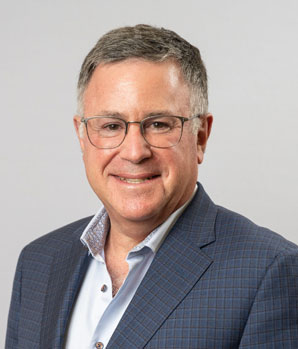 |
 |
2024 Annual Meeting AbstractsUpdated: 6/19/2024 As a reminder . . . New Club members are expected to give a talk at one of their first two annual meetings! View the abstracts submitted so far Overview Schedule for the week View the Detailed Schedule for general sessions -- will be added later Submit an Abstract (electronic form is now closed) The Program is full! Please consider bringing a short presentation for the "free for all" segments in the program. Deadline to submit was June 14th. CLICK HERE to download and submit the CME conflict of interest form (PDF file) Please note . . . ALL speakers giving a talk that will receive CME credit must submit the conflict of interest disclosure. We greatly appreciate receiving these forms AT THE SAME TIME as your abstract submission. Please complete both pages and return to the AESC office. Go back to the main meeting page Named Lectures
|
||||
| Last Updated on Monday, June 24, 2024 10:45 AM |


